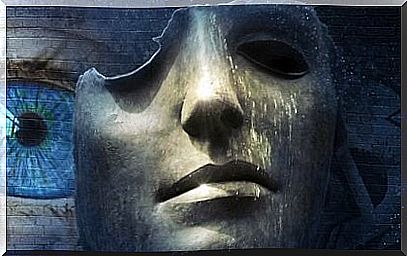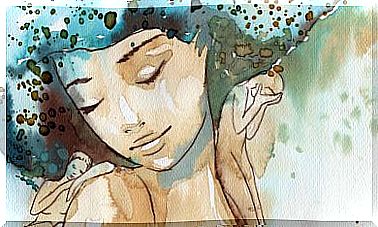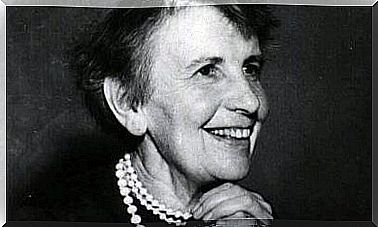Géza Róheim And The Amalgamation Between Psychoanalysis And Anthropology
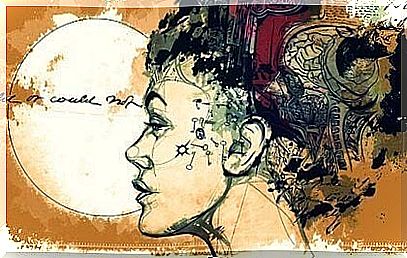
Géza Róheim’s name is not as well known as others may be in the world of psychoanalysis; nevertheless, it is one of the most brilliant models of this current. Indeed, for Sigmund Freud, this researcher was one of the few to have succeeded in widening the boundaries of psychoanalysis and culture, beyond what had been established in the famous work Totem and Taboo .
Géza Róheim is considered to be the father of psychoanalytic anthropology. He is also admired for having made meticulous records during his work in the field. He performed the latter with ancestral communities in Australia and North America. It is with this same rigor that over time, he has achieved a privileged place in the history of psychoanalysis.
Géza Róheim’s flagship work is entitled Psychoanalysis and Anthropology . He applies Freudian principles to the understanding of culture. And yet many of his contemporaries considered this equivocal. However, the resilience of Róheim’s approach dispelled any doubts over time.
The origin of Géza Róheim
Géza Róheim was born in Budapest (Hungary) in September 1891. Unlike many other psychoanalysts, Róheim had a happy childhood. He was the only son of a family of Jewish merchants who gave him all the attention and love he needed. His grandfather went out of his way for him and passed on his interest in popular myths and legends to him.
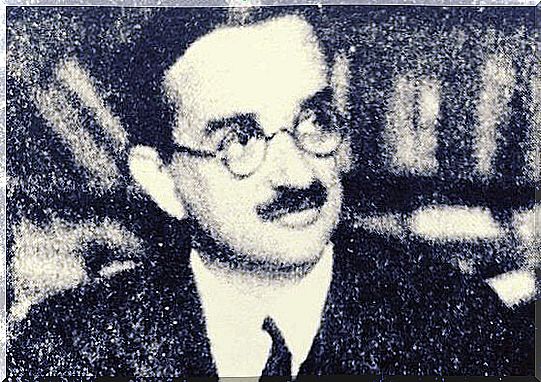
Barely 8 years old, Géza Róheim has read James Fenimore Cooper’s The Last of the Mohicans . This approach to primitive cultures immediately fascinated him. From then on he started reading everything he could find on the subject and quickly became an expert.
Róheim was a cheerful and dynamic person who divided his time between books on mythology and ethnography and his taste for good food and sport. In 1914 he graduated as a geographer. Later he continued his training in Leipzig and Berlin. It was there that for the first time, he came into contact with psychoanalysis through the work of Otto Rank.
A new side?
Géza Róheim affirmed that the discovery of Freud’s work had been revealing to him. For him, all his knowledge was like separate and scattered rooms. Psychoanalysis was this theoretical structure which allowed him to give order and meaning to many of his observations and knowledge.
Róheim became a psychoanalyst, first with Sandor Ferenczi then with Wilma Kovacks. Initially, he was very influenced by the work of Melanie Klein. However, later he went straight into Freud’s work and changed some of these concepts by approaching more of classical psychoanalysis. He personally met Freud in 1918.
From then on, Róheim’s work focused on the psychoanalytic interpretation of cultural and social phenomena. He did not carry out analytical and theoretical work, but was supported by his cohabitation with ancestral communities, with which he had great empathy and affection.
Géza Róheim’s work
Géza Róheim has published several far-reaching works, such as the one mentioned above, Psychoanalysis and Anthropology , The Enigma of the Sphinx , Magic and Schizophrenia and The Doors of the Dream . His work was originally written in Hungarian, then translated into English and French. There is only a short part of his work in Spanish.

Róheim considered that the myths and legends of indigenous people had a structure similar to those of individual dreams. From this point of view, we could also analyze these cultural productions like a dream. Likewise, it presents serious evidence that the Oedipus complex, postulated by Freud, is universal, that is, it is present in all times and all cultures.
In his time, he was one of the great opponents of famous anthropologists such as Bronislaw Malinowski and Margaret Mead. He wondered about his interest in showing the peculiarities of each culture, making believe that there were great differences between them. For Róheim, it was the opposite: the universal elements greatly exceeded the circumstantial specificities. Géza Róheim died in the United States in 1953, two months after the death of his wife, whom he loved dearly.
